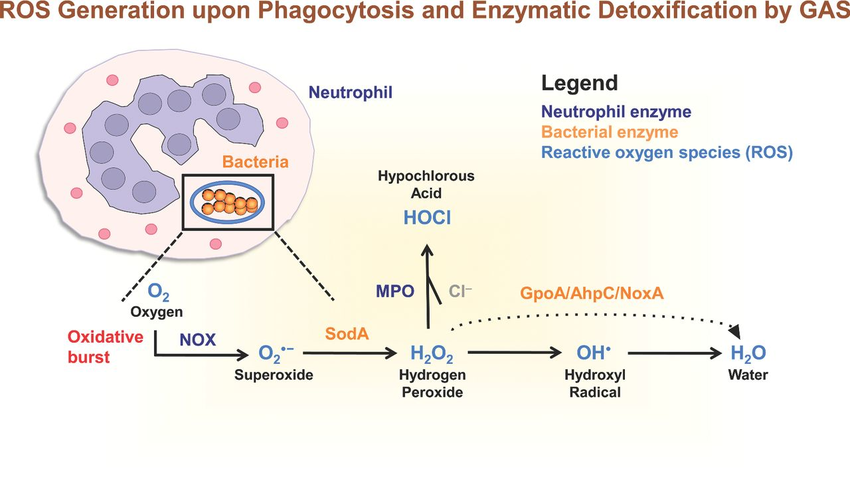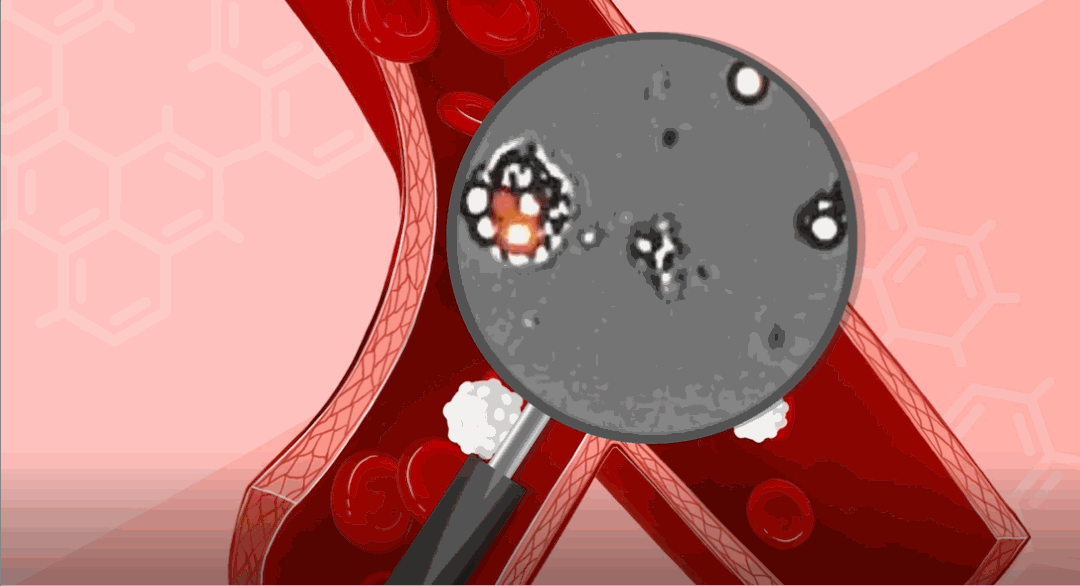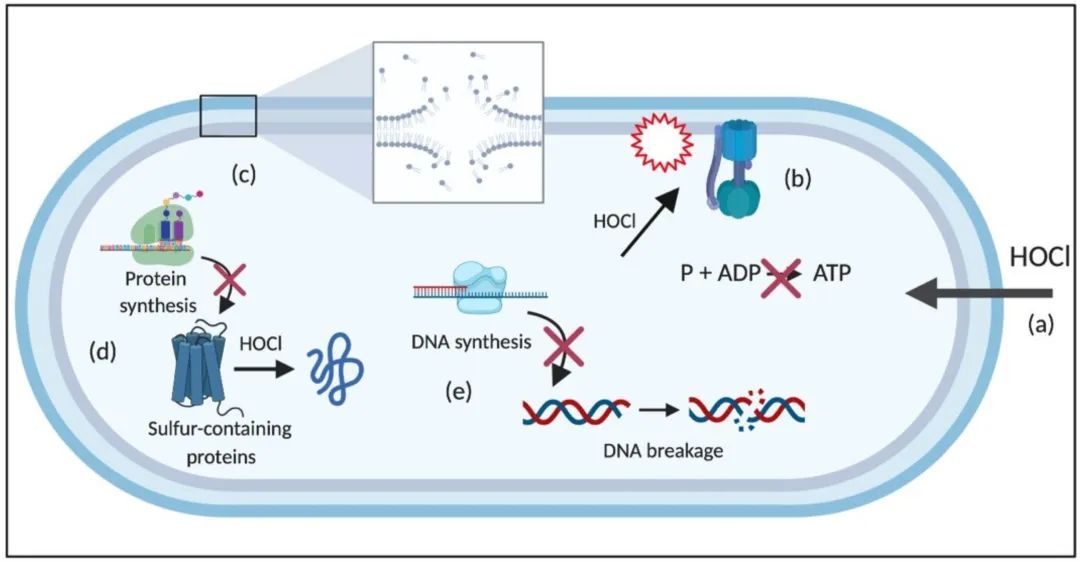Home Page / Applications / Hypochlorous Acid Disinfectant Factory In Human Body - Neutrophils
Hypochlorous acid disinfectant factory in human body - neutrophils
Neutrophils are the most abundant circulating immune cells in human beings. When pathogens threaten our bodies, they are like a spiderman. They are the first to reach the "front line" of infection or inflammation, eliminate the root cause of the problem, and try their best to keep the first defense line of the human body all their life.

Annihilation operation
Neutrophils are the killer of all kinds of viruses and germs. Even COVID-19, which is so tiny, can't compete with it. So how do neutrophils carry out annihilation?
When pathogens enter the body, they are labeled by "sentry" lymphocytes - antibodies. Be careful! There is a wave of magical operation: some labels also come with a "seasoning agent," that is, opsonin, which can make the pathogen taste more "delicious" relative to neutrophils and make the subsequent phagocytosis more powerful and efficient.

Neutrophils patrol the bloodstream as the pathogen that breaks through the sentry begins to infect tissue. So how do neutrophils break through the vascular barrier to destroy pathogens? This is about to mention the magical thing about this label neutrophils; once detected pathogens, with labels will slow down, under the auxiliary of adhesion molecules, adhesion to pathogens on the lining of blood vessels of the region, and then under the action of other crosslinking molecules, through the close connection between cells, infiltrating into the infected tissue, in front of against pathogens.
Smart neutrophils never give pathogens any chance to escape. It wraps pathogens in swarms with phagosome vesicles and then performs strict disinfection on them. The disinfection tool is the most familiar hypochlorous acid disinfectant.

The molecule of hypochlorous acid is small, and it is easy to diffuse to the surface of bacteria, penetrate the cell wall and cell membrane, and make the enzymes in the bacteria inactive due to oxidation; at the same time, the decomposition of hypochlorous acid produces new ecological oxygen [O], which is very oxidizing It can damage the structure of the protein, cause the body's DNA to fail to replicate, cannot reproduce, the body loses its function, and eventually loses its ability to infect.

There is a super-efficient "disinfectant" in neutrophils - the hypochlorous acid factory. In this small factory, myeloperoxidase and hydrogen peroxide (H2O2) oxidize chloride ions to produce hypochlorous acid. Myeloperoxidase is derived from neutrophils, and hydrogen peroxide is the oxygen (O2) absorbed by cells. The chloride ions converted from mitochondrial membrane-bound enzymes (NADPH enzymes) are produced by the metabolism of substances in the body. Their product, hypochlorous acid, is a highly oxidizing and most abundant oxidant. It can rapidly attack various physiologically relevant molecules in the human body, including amino acids, nucleotides, polyenoic acids, ascorbic acid, thiols, sulfur ethers, amines, etc.
The production scale of this super mini version of the disinfection factory is imposing. Scientists have done a quantitative analysis. In a 2-hour incubation time, 106 activated neutrophils can produce about two × 10-7 mol of hypochlorous acid. These times Chloric acid is enough to destroy 150 million E. coli bacteria in milliseconds!
